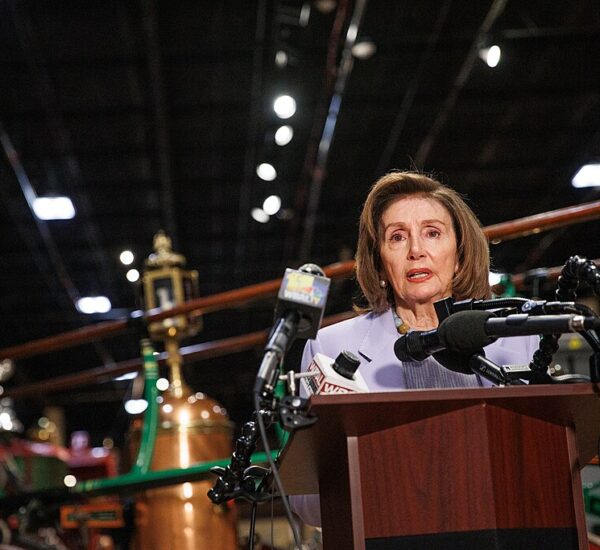Liberal Justices are fighting for the Democrats but the law is the law.
Washington, D.C. – In a heated Supreme Court showdown on Thursday, Chief Justice John Roberts was forced to step in as liberal Justice Sonia Sotomayor repeatedly interrupted Trump administration legal arguments regarding birthright citizenship and the limits of nationwide injunctions.
At the center of the case is President Donald Trump’s executive order—a key part of his immigration reform agenda—designed to end automatic citizenship for children born to illegal aliens. The policy is seen by conservatives as a crucial step in securing the border, preserving national sovereignty, and restoring common sense to immigration law.
Sotomayor Spars With Trump Lawyer Over Nationwide Injunctions
Justice Sotomayor took over questioning from Justice Clarence Thomas and immediately began pressing U.S. Solicitor General John Sauer, often speaking over him and dominating the floor. She argued that Trump’s policy defied four previous Supreme Court rulings and defended a lower court’s decision to impose a sweeping nationwide injunction.
“You are claiming that not even this court—or any lower court—can stop a president from violating Supreme Court precedent,” Sotomayor claimed.
Sauer firmly pushed back, clarifying that while the Supreme Court may intervene, lower federal courts lack the constitutional authority to impose broad, universal rulings not limited to the parties before them. As Sotomayor attempted to cut him off again, Chief Justice Roberts stepped in with a pointed interjection:
“Can I hear the rest of his answer?”
Trump Administration Makes the Case for Constitutional Boundaries
Sauer emphasized that universal injunctions—often issued by activist judges—violate the limits of Article III and create “a host of practical problems.”
“They force rushed, high-stakes decisions with minimal information,” Sauer explained. “They operate asymmetrically—forcing the government to win everywhere—and invert the legal system’s hierarchy.”
The Trump administration argues that such injunctions undermine executive authority, disrupt federal policy, and embolden rogue judges to block conservative reforms with little accountability.
What’s at Stake: Over 310 Lawsuits Against Trump Policies
Since President Trump’s second term began in January 2025, more than 310 lawsuits have been filed to challenge his administration’s policies—many brought by liberal states and activist groups. The consolidated cases in front of the court (Trump vs CASA, Trump vs Washington, and Trump vs New Jersey) could determine whether a single district judge can halt the President’s agenda nationwide.
Legal experts say the ruling could reshape the balance of power between the presidency and the judiciary for generations.
Supreme Court May Rule Within Days
With the case fast-tracked by the justices, a decision could come within weeks—or even days. If the court sides with the Trump administration, it would mark a major victory for constitutional governance, border security, and judicial restraint.
For many Americans—especially older voters concerned about unchecked immigration, rising crime, and activist judges—this case could be a turning point.
Stay informed on the latest from the Trump White House, border policy, and the Supreme Court. Bookmark us for updates that matter to America’s future.






Trump will lose on the birthright issue with Souter judge Barret joining the three liberals and Gorsuch also siding with them! Barret chastised Sauer for being dismissive to Kagan, who has stated she thinks the court should rule in favor of what the public wants! Sotomayer once said she bases her decisions on her latina experinces , Jackson does not know the difference between men and women ! Tue court is a soup sandwich as far as constitutional judgements being made!